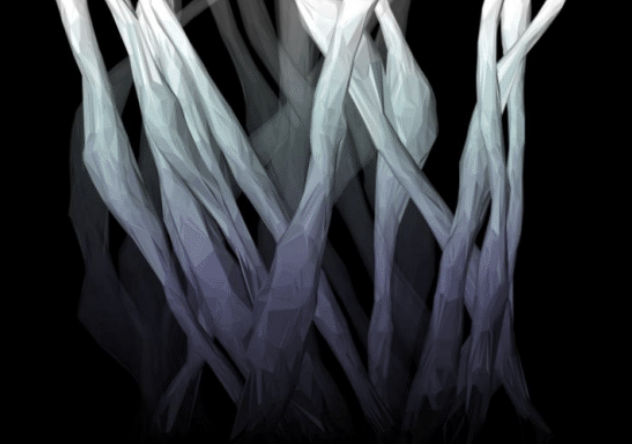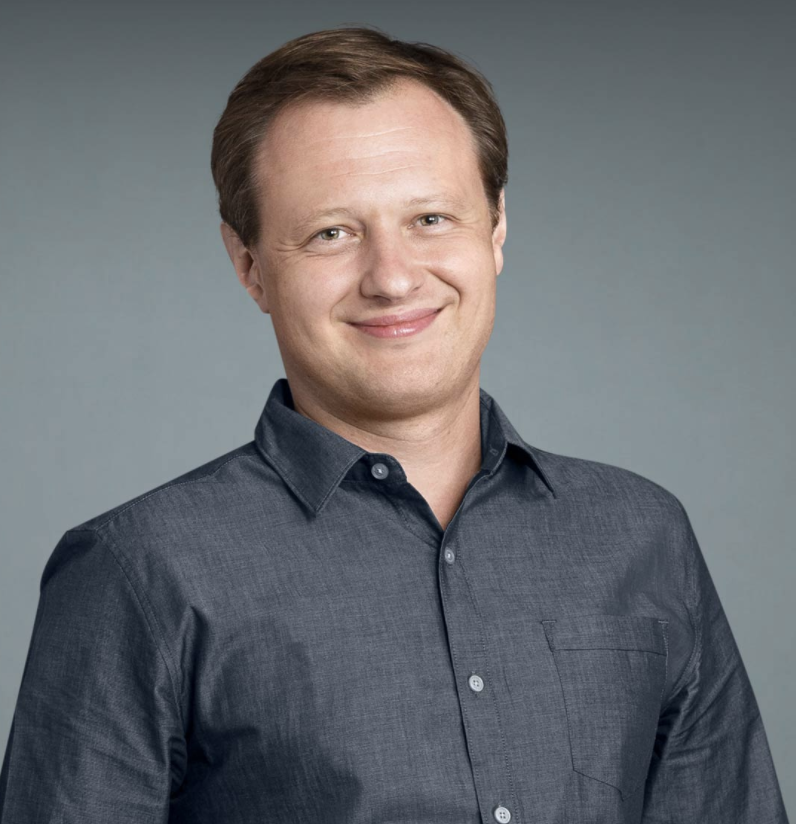
WHO WE ARE
Our Scientists

DMITRY NOVIKOV
Associate Professor
I am a faculty at the Department of Radiology, Center for Biomedical Imaging, New York University School of Medicine, where I spearhead the MRI Biophysics group, together with Els Fieremans. My background is theoretical condensed matter physics, which adds a unique perspective and modern physics methodology to quantifying tissue properties with diffusion and relaxation MRI at the mesoscopic scale of cell dimensions.
RESEARCH INTERESTS
- Biophysical modeling of diffusion and NMR transverse relaxation at the mesoscopic scale
- Mapping of tissue microstructure with MRI
- Parameter estimation in tissue models; information content of MRI signal
- Image reconstruction and noise-removal techniques based on random matrix theory
SELECTED PUBLICATIONS
- Novikov DS, Fieremans E, Kiselev VG, Jespersen SN. Quantifying brain microstructure with diffusion MRI: Theory and parameter estimation. NMR in Biomedicine 32, e3998 (2019)
- Novikov DS, Kiselev VG, Jespersen SN. On modeling. Magnetic Resonance in Medicine 79, 3172 (2018)
- Kiselev VG, Novikov DS. Transverse NMR relaxation in biological tissues. NeuroImage 182, 149 (2018)
- Novikov DS, Jensen JH, Helpern JA, Fieremans E. Revealing mesoscopic structural universality with diffusion. PNAS 111, 5088 (2014)
- Novikov DS, Fieremans E, Jensen JH, Helpern JA. Random walks with barriers. Nature Physics 7, 508 (2011)
- Novikov DS and Kiselev VG. Effective medium theory of a diffusion-weighted signal. NMR in Biomedicine 23, 682 (2010)
FUNDING
- 2012-2015: Sackler Fellowship
- 2012-2015: Litwin Foundation for Alzheimer’s Research
- 2014-2024: NIH/NINDS R01 NS088040: Mesoscopic biomarkers of neurodegeneration with diffusion MRI
- 2019-2023: NIH/NIBIB R01 EB027075: Random matrix theory-based noise removal in MRI
- 2019-2024: NIH/NIBIB P41 EB017183, TRD4: Revealing microstructure: Biophysical modeling and validation for discovery and clinical care
PREVIOUS RESEARCH
I received a PhD in theoretical condensed matter physics from MIT Physics Department in 2003, and subsequently worked as research fellow at Princeton and Yale in 2003-2008. I developed elastic scattering theory [1] for electrons in graphene, a novel nanoscale material with unique electrical properties, and exactly solved the Coulomb scattering problem in graphene, which has explained the main observable contribution to its electrical resistivity [2]. I also introduced quantized adiabatic charge transport of a fractional quasipartlcle charge, which is relevant to carbon nanotubes and graphene nanoribbons [3, 4]. This transport mechanism involves a strongly correlated semi-crystallized one-dimensional ordering of electrons (the so-called Mott insulator, recently observed [5]), placed in the field of an adiabatically moving periodic potential. These strongly correlated electronic states are relevant for metrology (current quantization) and for quantum computing. I have also helped to reveal collective effects in arrays of quantum dots [6], which may explain non-Gaussian (Levy) statistics in their fluorescence.
- Novikov DS. Elastic scattering theory and transport in graphene. Physical Review B 76, 245345 (2007)
- Novikov DS. Numbers of donors and acceptors from transport measurements in graphene. Applied Physics Letters 91, 102102 (2007)
- Novikov DS. Devil’s staircase of incompressible electron states in a nanotube. Physical Review Letters 95, 066401 (2005)
- Novikov DS. Electron properties of carbon nanotubes in a periodic potential. Physical Review B 72, 235428 (2005)
- Deshpande V, Chandra B, Caldwell R, Novikov DS, Hone J, Bockrath M. Mott insulating state in ultraclean carbon nanotubes. Science 323, 106 (2009)
- Wang S, Querner C, Dadosh T, Crouch CH, Novikov DS, Drndic M. Collective fluorescence enhancement in nanoparticle clusters. Nature Communications 2, 364 (2011)